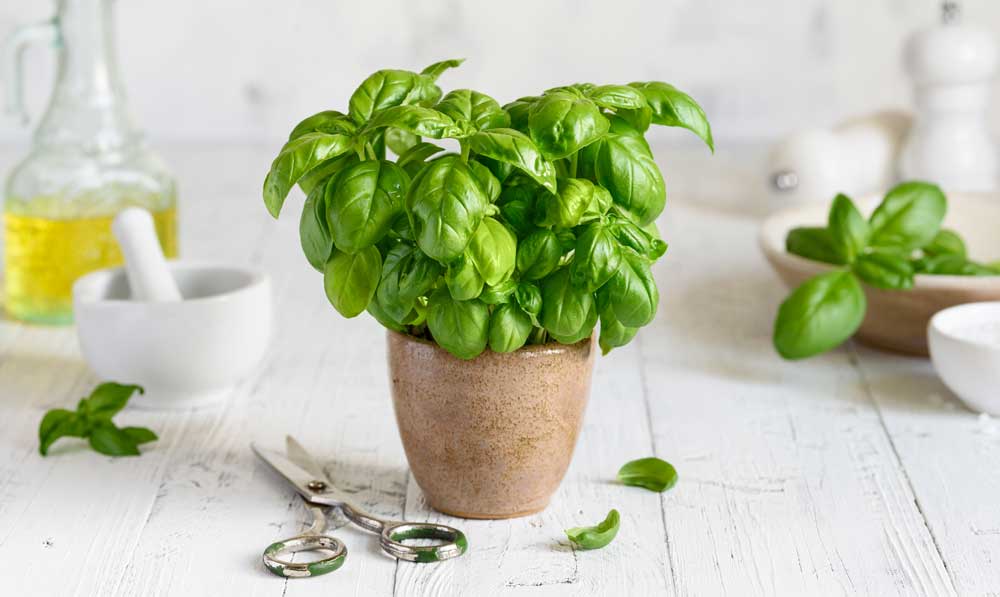
Basil is a versatile herb that’s easy to grow and brings a fresh burst of flavour to everything from pasta to salads. Whether you’re a beginner or an experienced gardener, growing basil from seed is a rewarding way to keep this fragrant plant close at hand. In this guide, you’ll learn about different basil types, how to grow them in your climate, and how to keep your plants healthy all season.
Getting Started with Basil
Botanical name: Ocimum basilicum
Family: Lamiaceae
Common names: Sweet basil, Thai basil, lemon basil, holy basil, purple basil
Basil is an annual herb native to warm parts of Asia and Africa. It’s known for its fragrant leaves and is a favourite in kitchens around the world. When you grow basil from seed, you get to choose from many varieties you won’t often find in the supermarket.
Why grow basil from seed?
- More choice of varieties and flavours
- Affordable and easy to start
- Control over how your plants are grown
Popular Basil Varieties and How to Tell Them Apart
There are many basil varieties, each with its own look, flavour, and use. Here’s how to identify them:
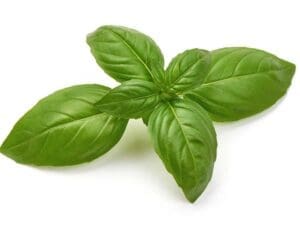
Sweet Basil & Genovese Basil
These are the classic types you’ll see in pesto and Italian dishes. Leaves are bright green, smooth, and slightly cupped. Genovese has larger leaves and a stronger aroma. Both are tender annuals best grown in warm weather and harvested regularly to encourage new growth.
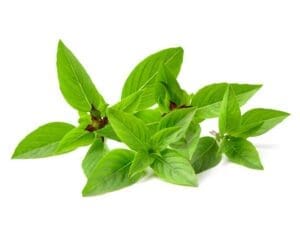
Thai Basil
Smaller, narrow leaves with a spicy, licorice scent. Purple stems and flower buds help it stand out. It is commonly used in Southeast Asian cooking, especially in curries and stir-fries. Unlike sweet basil, it holds its flavour well when cooked.

Lemon Basil
Light green leaves that are narrower and give off a zesty lemon fragrance when crushed. Ideal for adding a fresh citrus note to fish dishes, salads, and herbal teas. Plants grow vigorously in warm, sunny positions.
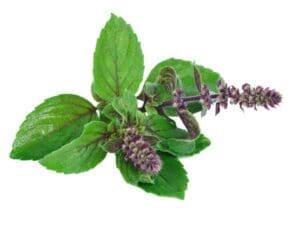
Holy Basil (Tulsi)
Rougher, smaller leaves with a clove-like aroma. Often grown for herbal tea and traditional medicine. It has been valued in Ayurvedic practices for its calming properties and is often brewed fresh or dried.
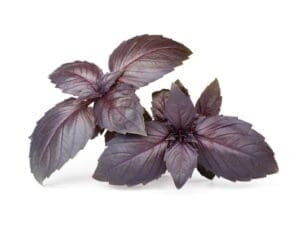
Purple Basil
Deep purple leaves that look stunning in salads and have a milder, slightly spicy taste. This variety is highly ornamental and makes an attractive border plant or container feature.
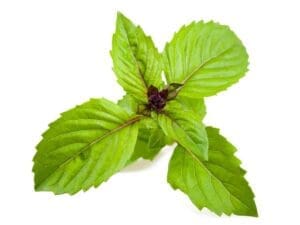
Cinnamon Basil
Narrow green leaves and distinctive reddish stems. Known for its warm, spicy cinnamon aroma, it’s lovely in desserts, teas, and potpourri. The plants are vigorous and can grow up to 60 cm tall.
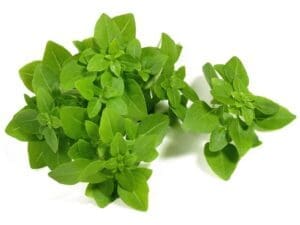
Greek Basil
Compact bushy plants with tiny leaves. Strong, classic basil flavour and great for pots or edging garden beds. It forms tight mounds that stay neat without frequent pruning. Dense, round, dome-shaped plants with tiny bright green leaves. It grows into a tidy ball shape without much trimming, making it ideal for small spaces and containers.
When to Plant Basil in Your Climate
Below is a handy guide to help you work out the best time to sow basil around Australia:
| Climate Zone | Best Planting Time | Tips |
|---|---|---|
| Temperate | Spring after frost or early summer | Start indoors for an early crop |
| Cool | Late spring to early summer | Needs warm soil—use cloches or pots |
| Arid | Spring and autumn | Provide afternoon shade in hot months |
| Sub-Tropical | March to September | Avoid peak wet season |
| Tropical | April to August | Grow during dry season for best results |
How to Grow Basil from Seed
Planting steps:
- Fill seed trays or small pots with quality seed-raising mix.
- Sow seeds 6 mm deep and cover lightly with soil.
- Mist with water to keep the soil moist.
- Keep in a warm, bright spot until germination (7–14 days).
Transplanting:
- Transplant when seedlings have 2–3 sets of true leaves.
- Space plants 25–30 cm apart to allow airflow.
- Harden off seedlings by gradually introducing them to outdoor conditions.
Care tips:
- Water regularly but avoid waterlogging.
- Pinch out flower buds to encourage leaf growth.
- Harvest often to keep plants bushy.
Find more information here.
Common Pests and Diseases
Basil is generally easygoing, but here are a few issues to watch out for:
Pests:
- Aphids: Small insects that suck sap; spray with soapy water or use ladybugs.
- Whitefly: Tiny white insects on the underside of leaves.
- Caterpillars: Chew holes in leaves; pick off by hand.
Diseases:
- Downy mildew: Causes yellowing and fuzzy growth; improve airflow and avoid overhead watering.
- Fusarium wilt: Sudden wilting; remove affected plants.
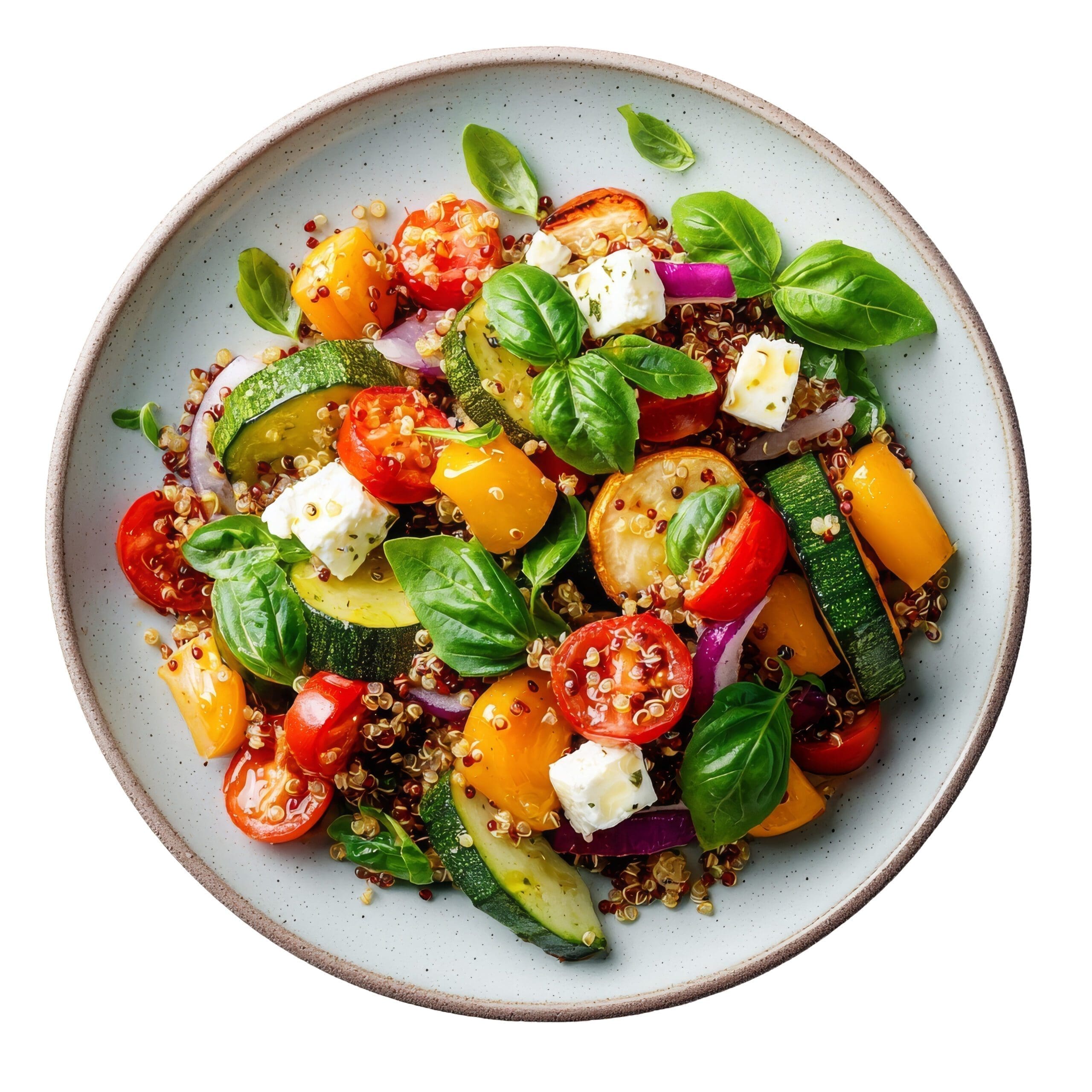
Using Your Homegrown Basil
Fresh basil can be used in so many ways. Try:
- Pesto: Blend leaves with garlic, nuts, cheese, and olive oil.
- Salads: Tear over fresh tomatoes and mozzarella.
- Teas: Brew holy basil for a calming drink.
- Herb oils: Infuse leaves into oil for dressings.
Conclusion
Growing basil from seed is simple and satisfying. With so many varieties to choose from and an endless list of culinary uses, it’s a must-have in every garden.
Shop now for untreated, non-GMO basil seeds and start your own homegrown basil adventure today.
